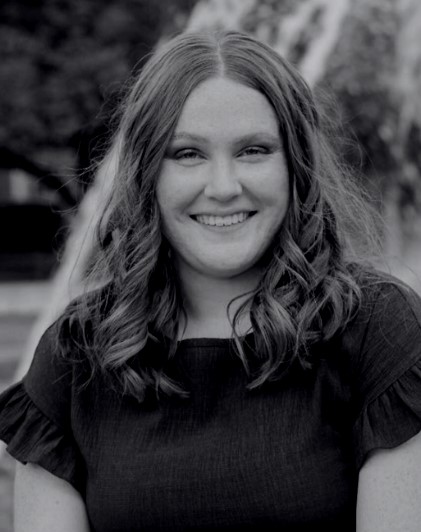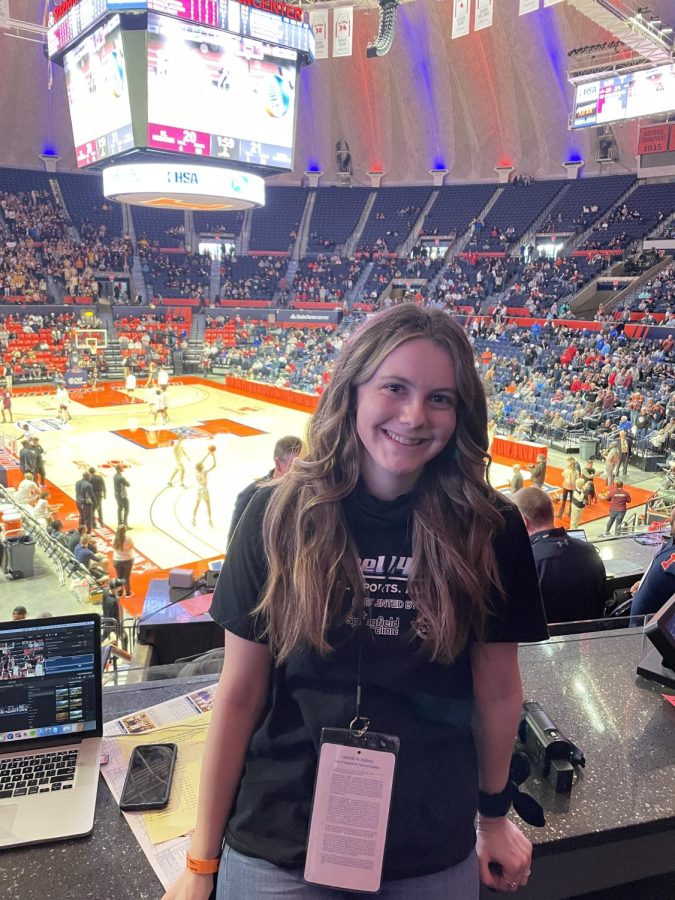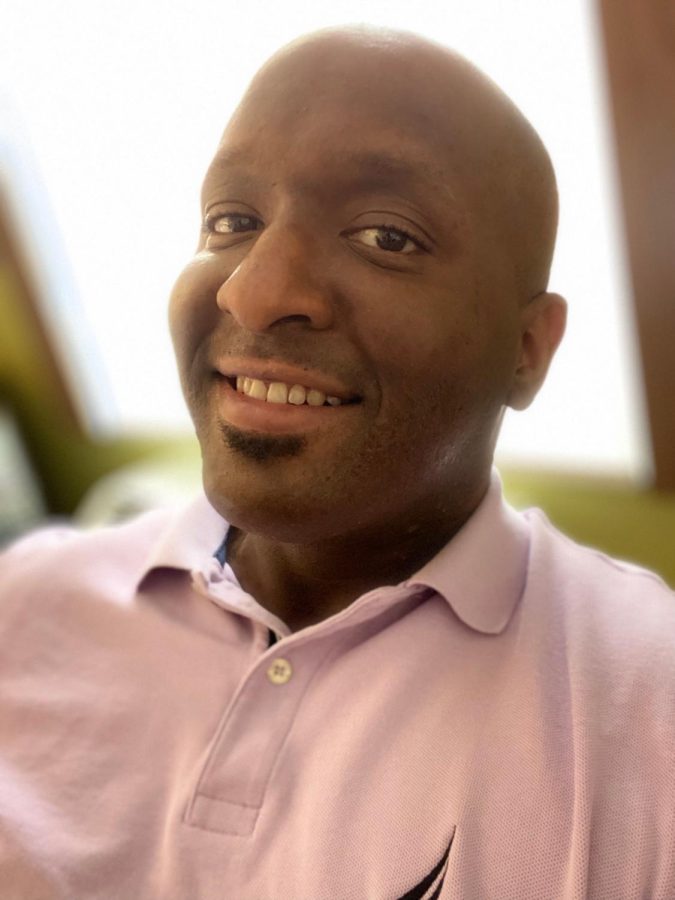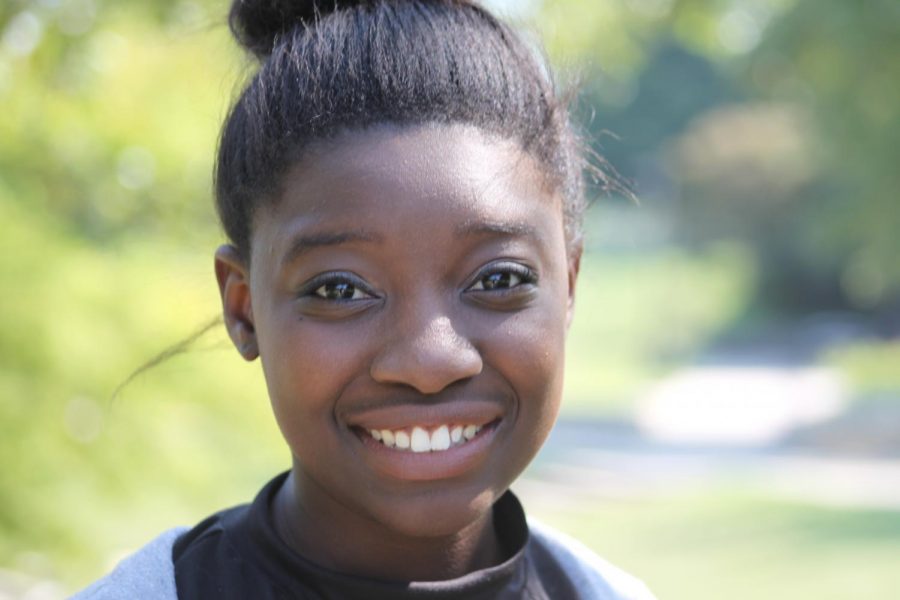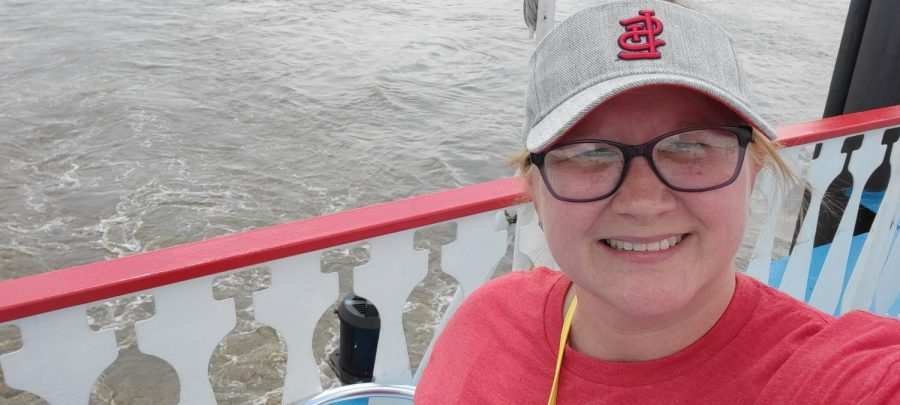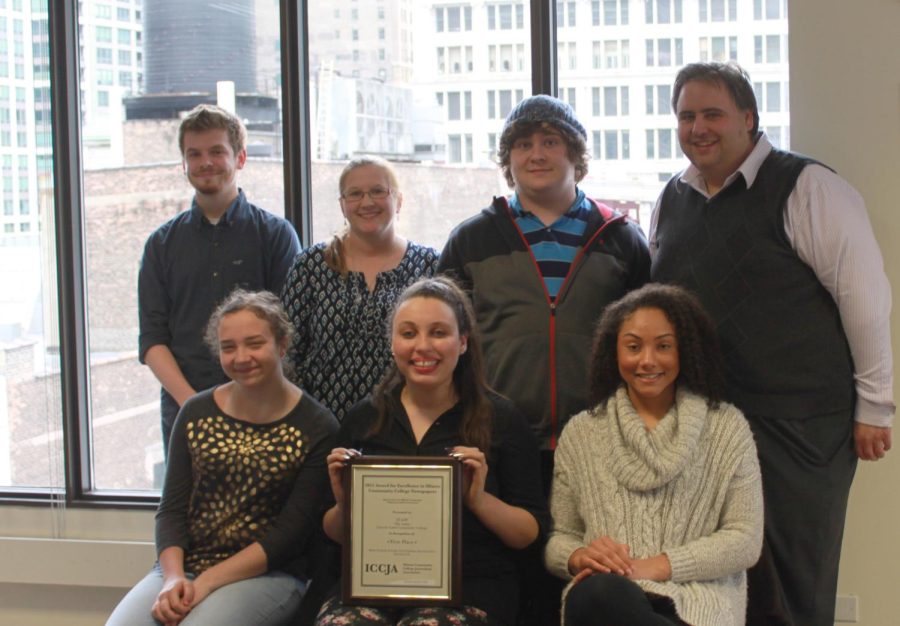Your heart may drop. You suddenly feel at a loss for words. You don’t know how to feel or how to act next in order not to be rude.
While diving into conversation withsomeone talking about life, day-to-day routines or small struggles, you never prepare yourself to hear this word: Cancer.
While you may not be prepared to talk about cancer, the patient was not prepared for diagnosis, either. It may have changed the conversation topic, but the news changed the other person’s life.
It’s October. People will be sporting their pink for Breast Cancer Awareness Month. The month has a primary goal to detect cancer early.
Early detection leads to a better chance of survival and lower costs of treatment, according to “Health Awareness Campaigns and Diagnosis Rates: Evidence from National Breast Cancer Awareness Month.”
According to the Center for Disease Control and Prevention, after skin cancer, breast cancer is the most common cancer in women, regardless of race or ethnicity.
One in eight Americans will be diagnosed with breast cancer.
Professor Tim Humphrey, dean of Arts & Humanities, continues to walk through this journey with his wife, Jen, when she was diagnosed in 2013.
Jen Humphrey said that her and her husband found the initial lump in her breast.
“After a mammogram, an ultrasound and eventual biopsy, I was diagnosed with Stage III breast cancer,” she said.
Eventually, Jen Humphrey’s cancer spread to her lymph nodes. She has gone through chemotherapy, radiation therapy, two mastectomies and will face reconstructive surgery Oct. 7, as her husband shared.
Through all of her pain and loss of strength, the Humphrey’s took a similar outlook on the reason for her fight: their future together.
“Initially we were devastated and fearful of what the future would hold for us,” Jen Humphrey said. “Most frightening is not knowing if you will have a future together in the first place.”
Tim Humphrey had much the same view on his wife’s journey saying.
“I would argue that our future together kept us strong. I cannot imagine a future without Jen. I cannot imagine a future with Cheyenne not having a mommy.”
Due to the treatment needed for breast cancer, patients more likely than not lose their hair. Jen Humphrey made this experience as positive as it could be and included her daughter.
“Jen let Cheyenne cut her hair shorter and shorter,” Tim Humphrey said. “At one point, Jen wanted a mohawk. Therefore, I made it happen. We all got a good laugh out of it which lightened the mood.”
Dr. Deborah Brothers, professor of English here at Lincoln Land, has witnessed the troubles of breast cancer through her loved ones, both her mother and grandmother.
“My mother and grandmother both recovered from their breast cancers,” Brothers said. “And even though my mom developed cancer in the other breast a few years after her first bout, she recovered from that, as well, and has been cancer free for about nine or 10 years.”
Brother’s takes precautions to make sure she is checked for Breast Cancer regularly due to her family history, but according to U.S. breast cancer statistics, 85 percent of breast cancer diagnoses occur in women who have no family history of breast cancer.
Brother’s mother opted for surgery both times she had been diagnosed. She said that even with her family history, her mother was surprised at her first diagnosis. Even having family history of breast cancer, there really is no way to prepare you for that news.
Her grandmother, ‘Nonnie’ was much older when she was diagnosed and decided upon chemotherapy.
“I think Nonnie was lucky,” Brothers said, “She stopped her treatments, but they obviously worked. She didn’t die until she was almost 90, and she did not die from cancer.”
Although not any easy journey, both Brother’s mother and ‘Nonnie’ were able to beat their cancers. Some people do not get so lucky. A
Although death rates have gone down 34 percent since 1990, according to the American Cancer Society, still close to 40,000 Breast Cancer patients will die.
During October we should not only be focused on raising awareness and the importance of regular check-ups, but also remember all of the individuals who have fought Breast Cancer themselves whether they won the fight or did not get to fortunate, as well as the devastation and fear their diagnosis brings to their life.
As Jen Humphrey continues to fighting she says, “Standing on the fringes of life gives you an unbelievable appreciation for the simple things in life, and one of those is life itself.”
Dominique Lamp can be reached at [email protected] or 217-786-2311.
What is breast cancer?
Breast cancer forms in the cells of the breast. The breast consists of lobules, ducts, fatty and connective tissue, blood vessels and lymph vessels. The milk producing ducts and glands are the two most likely to develop cancerous cells, according to the Cancer Treatment Centers of America.
There are four main stages of breast cancer, as well as recurrent breast cancer, which is returning cancer despite previous treatment.
Get Involved in Breast Cancer Awareness Month
American Cancer Society Making Strides of Springfield will hold a 5K at 8:30 a.m. Saturday, Oct. 18, at the Illinois State Fairgrounds.
The LLCC Student Government Association invites students to participate in the following events:
- Donuts and Lemonade, 9 to 11 a.m., Wednesday, Oct. 15.
- Wear Pink on Fridays, Oct. 17, 24 and 31. If wearing pink, stop by the SGA table in the Student Union between 11 a.m. and 1 p.m. to enter to win a $50 gas card.
Statistics about breast cancer
- 40,000 women die each year from breast cancer
- 34 percent– the drop in the death rate since 1990
- 85 percent of women diagnosed with disease do not have a family history
